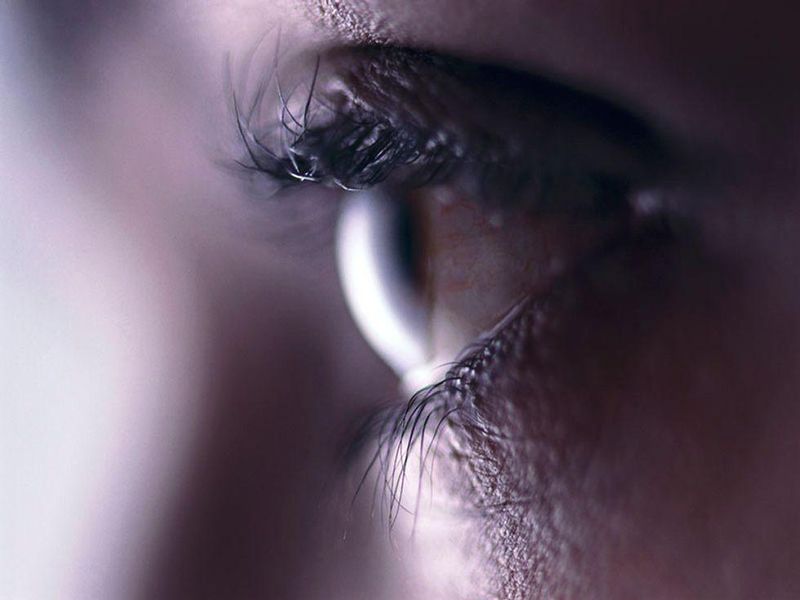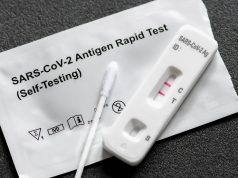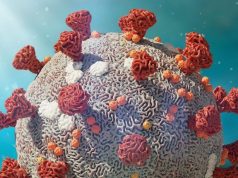Corneal small nerve fiber loss, increased dendritic cells seen in patients with neurological symptoms at four weeks after acute COVID-19
TUESDAY, July 27, 2021 (HealthDay News) — Patients with long COVID, especially those with neurological symptoms, have corneal small nerve fiber loss and increased dendritic cell (DC) density, according to a study published online July 26 in the British Journal of Ophthalmology.
Gulfidan Bitirgen, M.D., from Necmettin Erbakan University in Konya, Turkey, and colleagues quantified corneal sub-basal nerve plexus morphology and DC density in 40 patients who had recovered from COVID-19 and 30 control participants. All participants underwent corneal confocal microscopy to quantify corneal nerve fiber density (CNFD), corneal nerve branch density (CNBD), corneal nerve fiber length (CNFL), and total, mature, and immature DC density.
The researchers found that compared with controls, patients with neurological symptoms four weeks after acute COVID-19 had a lower CNFD, CNBD, and CNFL and increased DC density; patients without neurological symptoms had increased DC density but comparable corneal nerve parameters. Significant correlations were seen between the total score on the National Institute for Health and Care Excellence long COVID questionnaire at four and 12 weeks with CNFD and CNFL.
“We show that patients with long COVID have evidence of small nerve fiber damage which relates to the severity of long COVID and neuropathic as well as musculoskeletal symptoms,” the authors write. “Corneal confocal microscopy may have clinical utility as a rapid objective ophthalmic test to evaluate patients with long COVID.”
Copyright © 2021 HealthDay. All rights reserved.








